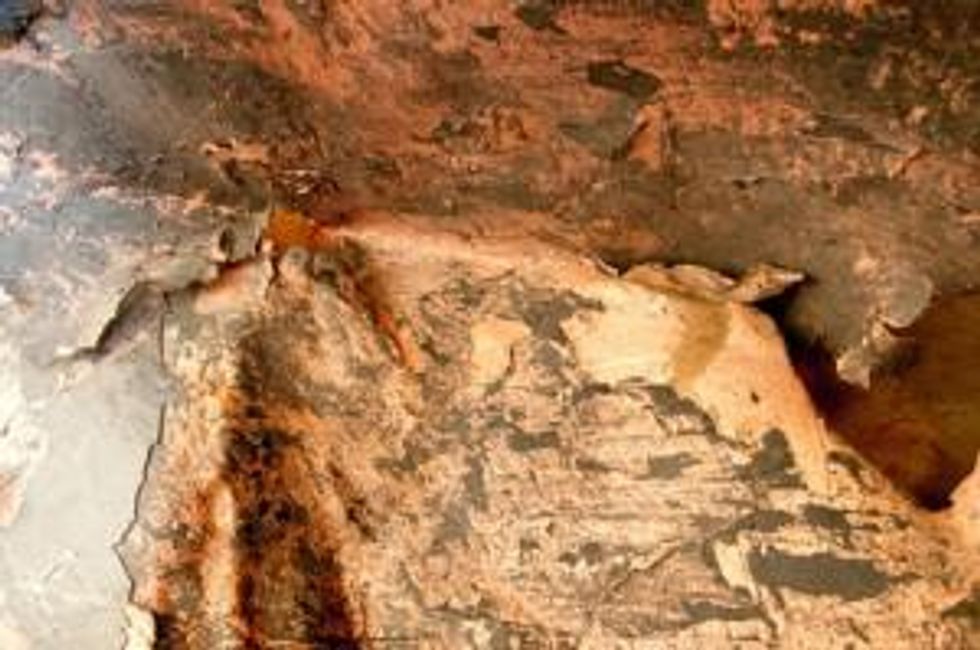
At first glance, microbes and mining might not seem like two things that go together. However, genomics research being conducted downstream from Western Copper and Gold’s Casino project might prove otherwise — microbes may be capable of saving mining companies millions in remediation costs and environmental protection measures.
Western Copper’s Casino project is being developed as a world-class, open-pit copper-gold–molybdenum–silver mine, and as with any mining project, environmental considerations are a key element in the planning process.
Disappearing copper, busy microbes
The research project is being conducted by Palmer Environmental Consulting Group (PECG), one of Casino’s technical consultants, in partnership with Dr. Chris Kennedy, a professor in aquatic toxicology at Simon Fraser University. The group will look at a community of microbes in Casino Creek to see whether the organisms are contributing to a reduction in copper content in the water downstream.
As May Quach, partner and aquatic ecologist at PECG, explained in a release from Genome BC, there are high concentrations of copper upstream near the deposit at Casino. However, early environmental analysis revealed that “as the water progresses downstream there is a marked reduction in copper concentrations — considerably more than would be expected from just simple dilution.”
Quach and other researchers will be testing the hypothesis that microbes in the creek are to blame for the mysterious disappearance of copper. They will use biofilm profiles taken at different sites to find out just how much microbial processes are driving copper removal.
Benefits for miners?
If the microbes are indeed having an impact, that could certainly be a boon for Western Copper, and for other miners as well. The process could hypothetically be harnessed as a passive treatment system at the Casino project — either as a complementary process to other water treatment methods or simply as a tool for risk mitigation — and could drastically cut costs for the miner while improving environmental protection.
In other words, as Dr. Kennedy stated, “[i]f the data shows that some organisms are linked to roles in copper depletion, or to the ability to survive and grow in the presence of high metal concentrations, a natural remediation process may already be present for removal of metal contamination.”
Commenting on the research project, Western Copper and Gold’s president, Paul West-Sells, said, “[w]hile it is early stage, we are very interested in any new process that could increase the efficiency of our planned environmental protection technologies and may lead to ameliorated best management practices in the industry.”
Growing interest
Wednesday’s release from Genome BC states that the research at Casino Creek “has the potential to supplement or replace current best available technologies for water treatment systems, and could save mining companies and governments millions of dollars.”
That’s certainly worth taking notice of. And although Dr. Alan Winter, president and CEO of Genome BC, has stressed that research into the use of genomics in the mining industry is “still in its infancy,” the field is generating plenty of interest from miners.
According to the Chronicle Herald, genomics and mining are already seeing some synergies — genomics expert Dr. Elizabeth Edwards presented at this year’s Geology Matters conference for the Nova Scotia mining industry, and the Canada Mining Innovation Council and the Canadian Institute of Mining, Metallurgy and Petroleum are working to develop projects aimed at establishing the viability of genomics-based solutions for mining.
Certainly, genomics applications could mean big changes for mining operations. Resource investors will no doubt be keeping an eye out for results of the research on Casino Creek.
Securities Disclosure: I, Teresa Matich, hold no direct investment interest in any company mentioned in this article.
Editorial Disclosure: Western Copper and Gold is a client of the Investing News Network. This article is not paid-for content.





